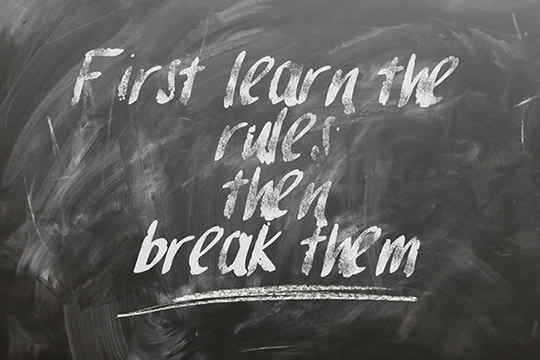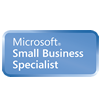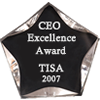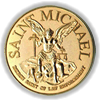The common saying that rules are meant to be broken is especially true of tech endeavors. Nothing restricts creativity more than a set of rules. Here are some suggestions on the product rules to be broken mostly because they are exaggerated or no longer relevant.
Almost every business and product design book out there seeks to project some unwritten rules on a reader. They are usually pitched as foolproof ways to go about some product design and management. While this may have worked for many who have tried it, the fact remains that there are people who have done the exact opposite of these rules and are successful in business today.
The same applies to product development. My favorite example of this is Steve Jobs, former CEO of Apple, who broke all of Richard Branson’s rules while laying the foundation for the world’s most valuable company today. Interestingly Branson’s answer, when asked in an interview, was “Somehow it worked. Sometimes my rules are meant to be broken.”
The unwritten rules to product design and management started out as guidelines but grew to be more authoritative over time. This could be restrictive for new entrants and slows down the evolution of design practices. Instead of boxing up your creative indulgences, you should break rules and experiment in a bid to stand out. Here are some product rules you could break on your next big idea:
- Adopt a minimalist product design
- Always listen to customer feedback
- Work on products you are passionate about
Adopt a minimalist product design – Minimalism sells, but materialism did first and still does
One particular buzzword that gained fame in 2020 is “minimalism”. It has seeped into the product design world as entrepreneurs are now looking to build minimalist products like Uber, Airbnb, etc. The narrative is that people are now more interested in what they need than what they want and that they are now especially conscious of mindless consumption. Every entrepreneur should be wary of this trap. Minimalism is a growing trend but materialist culture is still as popular.
The Wall Street Journal reported that Americans spent over a trillion dollars on what they do not need. To dismiss your big idea because it is not an everyday need would be playing to a false narrative. In fact, reports show that the average adult in the USA spends almost $18,000 a year on what they do not need. That is the market. Your market!
A good feasibility study before going ahead to launch your product is important but do not throw away a great idea because you think it is not minimalist. There are still maximalist consumers out there! An interesting analogy lies in the arguments around Apple and Swiss watches. Apple watches now dominate as the world’s number one watch brand beating out competition from Swiss brands like Rolex, Audemars Piguet, and Phillip Patek.
However, the global watch report suggested that despite the quick drop off in the sale of luxurious watches, it might have recovered just as quickly due to its investment capabilities. An Apple watch may depreciate but Swiss watches have proven to be low-risk yet high-returning investments. In fact, experts have argued that minimalism may be toxic for business and entrepreneurship because it hardly focuses on the long term.
At the end, the design you put on your product is one of the keys on how the consumer perceive its value. That’s why it’s important to have a partner like TISA, who can provide you with a high skilled team of UX/ UI designers along with product designers, to help you during this iterative process.
Consumer feedback is great - But know what to take and what to ignore. Do not try to please everyone
Consumer feedback for your product is great. It means, among other things that users care about your product and are ready to build with you. But while some feedback is great, it is important to know which feedback is useful and which one is not. Sometimes, most of what the customer says could be the wrong input for your product. Depending on the stage of your product, you may get feedback at the release of the MVP of the product.
Secondly, some of the customers you obtain feedback from could be the early adopters who are just enthusiastic about your concept and have not seen the final version of your product. In many cases, your early adopters may not be the version of the customers you will need for the final versions of your product. It may therefore prove more harmful than useful to apply all feedback to your product.
How do you manage feedback well? Well, it is important to collect all the feedback you can get. Therefore, it is important to be open to feedback - even when they may not be useful to that product at the end of the line.
How to get great and useful feedback?
- Conduct qualitative interviews: ask open-ended questions from users.
- Make sure your bias is not projected on the feedback or interview questions.
- Conduct quantitative research through surveys that study usage patterns for a product like yours.
- Solve pain points easily when many of your customers are asking for the same thing.
Also, take note of the changes you can make on the product that involves your lowest effort, with high returns, as against high effort, low returns. You get the opportunity of taking low hanging fruits by assessing all feedback against each other and finding the common unifiers.
Work on products you are passionate about – Avoid the “Passion Trap”
Passion is good especially at the early stages of project design and launch. It provides the needed persistence to solve tough problems that may threaten. It is also very infectious and can engender ‘good vibes’ among colleagues and co-workers.
But at some point in the whole production and sales curve, it becomes extremely dangerous to rely on just passion. In fact, not many entrepreneurs can say emphatically that they are indeed passionate about their products. Then again, the question is tiered and many tend to confuse the lines. Should you be passionate about your product or the company behind the product?
Tech entrepreneurs are becoming constantly susceptible to the passion trap or what some call the passion fallacy. The bulk of the millennial generation was taught that if they were passionate about their work then they would not have to work the rest of their lives. However, this is hardly the reality as passion is rarely ever the singular recipe to success. If that theory were to be a universal truth then almost everyone in the world today will be successful. Several startups with managers driven by passion have failed.
Building and selling products you are passionate about is great but you do not have to wait for an idea you are passionate about to do something. The advice is good but it ignores the fact that passion can be cultivated through experience and persistence but no one ever has a prerogative over ideas. Do not bin your big idea because you are not passionate about it. Instead, grow your passion for it.
Conclusion
Building ideas into go-to market fit can be a challenging experience for founders, and product teams. Many rules also exist that may have outlived their usefulness. We have found that in many cases dealing with product rules also requires a level of experience and expertise. As a company, TISA Software dedicates its research and engineering capacity to meeting the product needs of different companies. With proficiency in different technologies and areas of expertise, it assists companies across the globe in building great MVPs and final Products. You can learn more about it here.
There are no hard and fast rules for succeeding in product design and management. Besides, the very essence of entrepreneurship is innovation in process or product, which is hardly possible when boxed up by a set of rules. So do not be afraid to break some of these rules on your journey to success. Yours can be a defining story for the next set of rules too!
Questions? Comments? Feel free to contact us. We know how to help you to succeed on your next project.
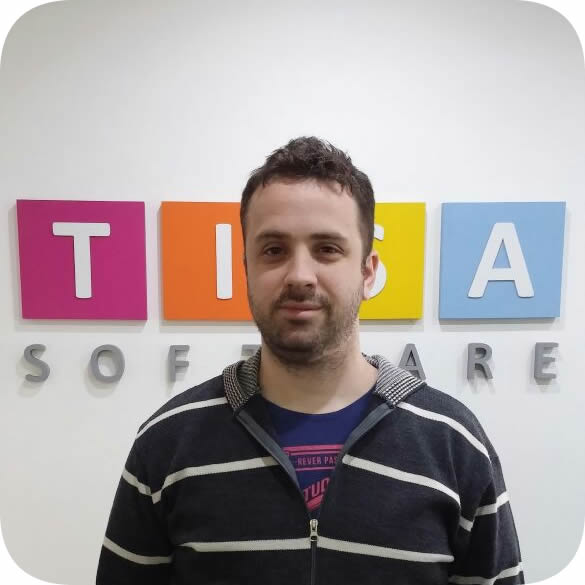
About Alejandro
Alejandro is a Technical Lead with more than 14 years of experience developing .NET applications across multiple platforms for multinational companies.
Nowdays Alejandro works at the Engineering department of TISA, looking for implementing the latest technologies and frameworks to be used in actual and future projects.
Beyond his technical knowledge and passion for the technology Alejandro is a great brewmaster and amateur rock guitar player.

